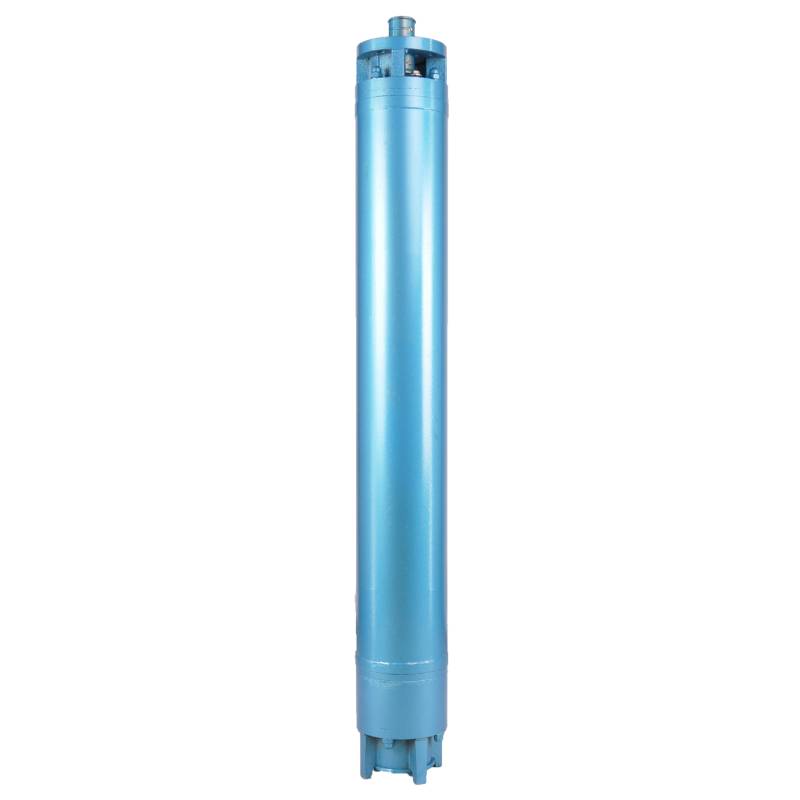Aug . 11, 2024 13:40 Back to list
Common Issues and Solutions for Deep Well Submersible Pump Performance and Maintenance Challenges
Common Problems Associated with Deep Well Submersible Pumps
Deep well submersible pumps are essential devices used to draw water from deep underground sources, making them critical in agricultural, municipal, and industrial applications. However, like any mechanical system, they can encounter a variety of problems that may affect their performance and longevity. Understanding these issues can help in timely troubleshooting and maintenance.
1. Pump Overheating
One common problem with deep well submersible pumps is overheating. Overheating can occur for several reasons, including insufficient cooling due to low water levels or excessive pumping rates. When a pump operates without adequate water flow, it can lead to coil damage and reduced efficiency. Regular monitoring of water levels and ensuring the pump is not running in a dry condition are crucial to prevent overheating.
2. Pump Clogging
Clogging often occurs in wells that draw water containing significant sediment, sand, or other debris. These materials can accumulate in the intake or inside the pump, leading to reduced flow rates and increased wear on moving components. Regular inspections and cleaning of the pump, along with the installation of sand screens or filters, can mitigate this issue.
Electrical issues can cause submersible pumps to malfunction or fail entirely. Problems can range from burnt-out motors and faulty wiring to issues with the control panel. Electrical failures can be difficult to diagnose, often requiring the intervention of a qualified technician. To prevent such problems, it's recommended to use quality electrical components and ensure proper installation and grounding of the system.
4. Corrosion
deep well submersible pump problems

Deep well submersible pumps are typically submerged in abrasive and corrosive environments, especially in areas with high levels of saline or acidic water. Corrosion can weaken the structural integrity of the pump and lead to premature failure. Selecting pumps made from corrosion-resistant materials (such as stainless steel) and implementing protective coatings can help extend the life of the equipment.
5. Mechanical Wear and Tear
Over time, the internal components of submersible pumps may experience wear from constant operation. Bearings, seals, and impellers are particularly vulnerable to degradation. This wear can lead to leaks, reduced efficiency, and eventually pump failure. Regular maintenance, including lubrication and timely replacement of worn parts, can prevent extensive damage and ensure optimal performance.
6. Hydraulic Problems
Hydraulic issues often manifest as a drop in discharge pressure or flow rate. Such problems might arise from factors like improper sizing of the pump, blockage in the discharge line, or malfunctioning check valves. To address hydraulic problems, it is essential to regularly assess the system's pressure and flow metrics and perform diagnostics to identify the root causes of any discrepancies.
7. Vibration and Noise Issues
Pumps that generate excessive vibration or noise may suffer from misalignment, imbalance, or cavitation. Each of these problems can lead to inferior performance and potential damage. Regular monitoring of vibration levels and listening for unusual noises during operation can help identify and rectify these issues early.
Conclusion
Deep well submersible pumps are vital for accessing underground water resources, but their effectiveness can be hindered by various problems ranging from mechanical failures to electrical issues. By implementing a rigorous maintenance schedule and being proactive in diagnosing potential problems, operators can enhance the reliability and efficiency of their submersible pump systems. Regular training and updates regarding best practices and innovations in pump technology can further assist in mitigating these common issues, ensuring a sustainable and efficient water supply.
-
Submersible Water Pump: The Efficient 'Power Pioneer' of the Underwater World
NewsJul.01,2025
-
Submersible Pond Pump: The Hidden Guardian of Water Landscape Ecology
NewsJul.01,2025
-
Stainless Well Pump: A Reliable and Durable Pumping Main Force
NewsJul.01,2025
-
Stainless Steel Submersible Pump: An Efficient and Versatile Tool for Underwater Operations
NewsJul.01,2025
-
Deep Well Submersible Pump: An Efficient 'Sucker' of Groundwater Sources
NewsJul.01,2025
-
Deep Water Well Pump: An Efficient 'Sucker' of Groundwater Sources
NewsJul.01,2025
-
 Submersible Water Pump: The Efficient 'Power Pioneer' of the Underwater WorldIn the field of hydraulic equipment, the Submersible Water Pump has become the core equipment for underwater operations and water resource transportation due to its unique design and excellent performance.Detail
Submersible Water Pump: The Efficient 'Power Pioneer' of the Underwater WorldIn the field of hydraulic equipment, the Submersible Water Pump has become the core equipment for underwater operations and water resource transportation due to its unique design and excellent performance.Detail -
 Submersible Pond Pump: The Hidden Guardian of Water Landscape EcologyIn courtyard landscapes, ecological ponds, and even small-scale water conservancy projects, there is a silent yet indispensable equipment - the Submersible Pond Pump.Detail
Submersible Pond Pump: The Hidden Guardian of Water Landscape EcologyIn courtyard landscapes, ecological ponds, and even small-scale water conservancy projects, there is a silent yet indispensable equipment - the Submersible Pond Pump.Detail -
 Stainless Well Pump: A Reliable and Durable Pumping Main ForceIn the field of water resource transportation, Stainless Well Pump has become the core equipment for various pumping scenarios with its excellent performance and reliable quality.Detail
Stainless Well Pump: A Reliable and Durable Pumping Main ForceIn the field of water resource transportation, Stainless Well Pump has become the core equipment for various pumping scenarios with its excellent performance and reliable quality.Detail
